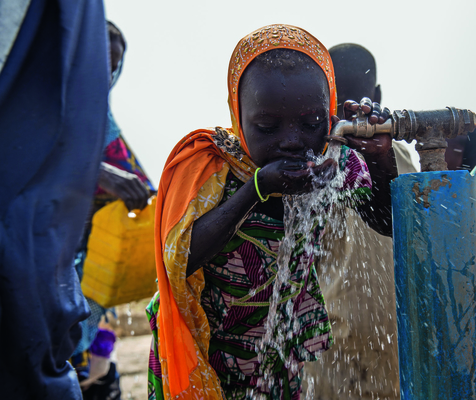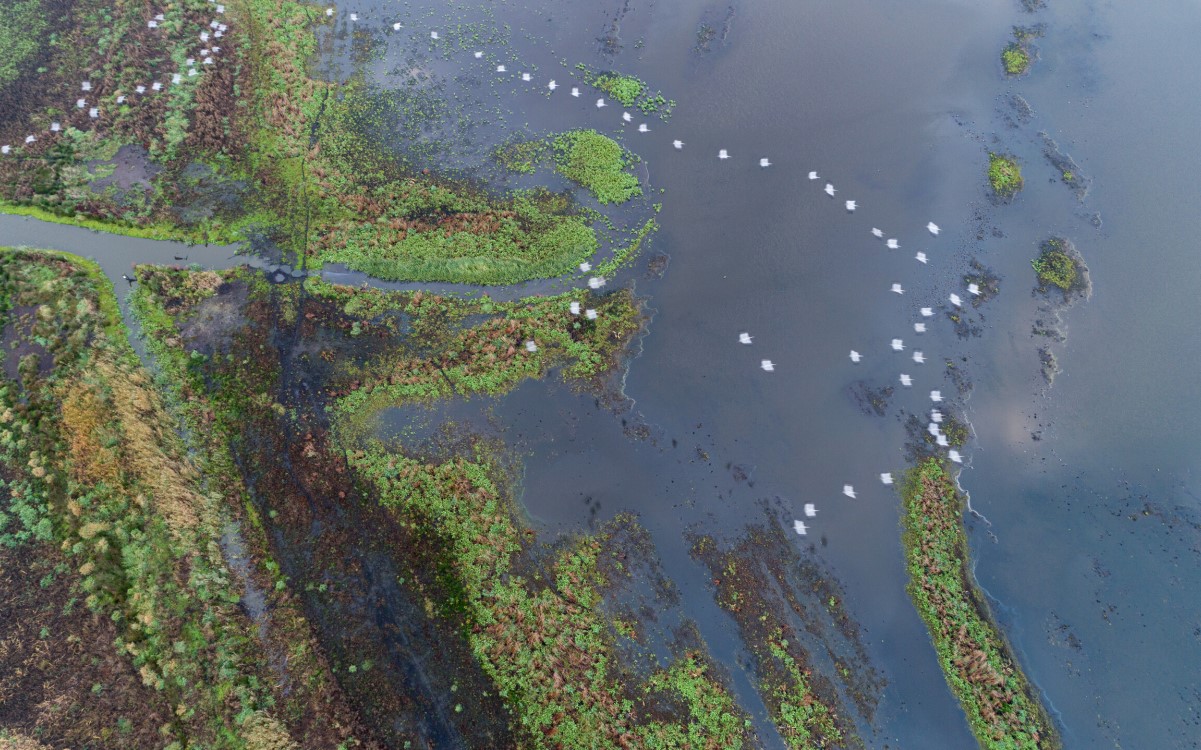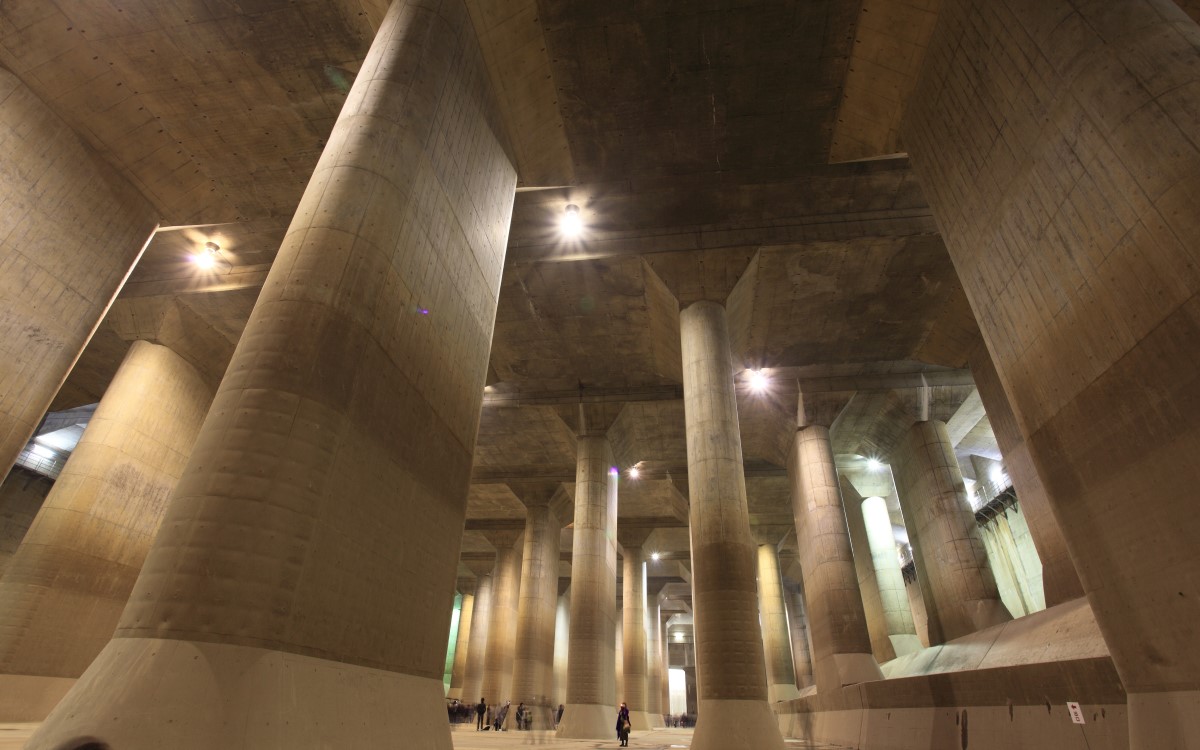At World Water Day 2019, UNICEF released their latest report “Water under fire” on water and sanitation in complex emergencies and the effects especially on children. This brochure provides shocking facts about the circumstances, under which displaced people are forced to live. The authors state that children under 5 years are more than 20 x likely to die from diarrhoeal disease related to unsafe WASH (water, sanitation and hygiene) than violence in conflict. From 2005 to 2017, challenges for the emergency WASH sector have become even stronger, due to the fact that the number of crisis that demanded a response from international partners doubled from 16 to 30 and the number of people that were displaced, mostly by conflict, has increased to 68,5 million, half of which are children. Furthermore, the long duration of several emergencies aggravate the problems. Actually the average duration of emergencies is about nine years.
Without safe WASH, children’s health, nutrition, safety and education are at risk: They are exposed to preventable diseases including diarrhoea, typhoid, cholera and polio; they are at risk of malnutrition; they are vulnerable to sexual violence as they collect water or venture out to use latrines; and they deal with affronts to their dignity as they bathe and manage menstrual hygiene.
However, the publication does not only provide statistics of misery, but also shows solutions. In detail, case stories from Ukraine, Cox’s Bazar in Bangladesh, and Yemen showed improvements that were recently achieved to help securing children’s right to safe water and hygiene.
Finally, all governments, partners and parties in conflict are called to
• Stop attacks on water and sanitation infrastructure and personnel,
• Build a WASH sector that can consistently and predictably provide high-quality water and sanitation services in emergencies,
• Link life-saving humanitarian responses to the development of sustainable water and sanitation systems for all.
Here you find the link to the full UNICEF report “Water under fire”.
Unsafe water: biggest threat for children in conflict areas
Kategorie: Sonstiges
Autor: Jonas Völker
Das könnte Sie auch interessieren:
Passende Firmen zum Thema:
Publikationen
Sie möchten die gwf Wasser + Abwasser testen
Bestellen Sie Ihr kostenloses Probeheft
Überzeugen Sie sich selbst: Gerne senden wir Ihnen die gwf Wasser + Abwasser kostenlos und unverbindlich zur Probe!




